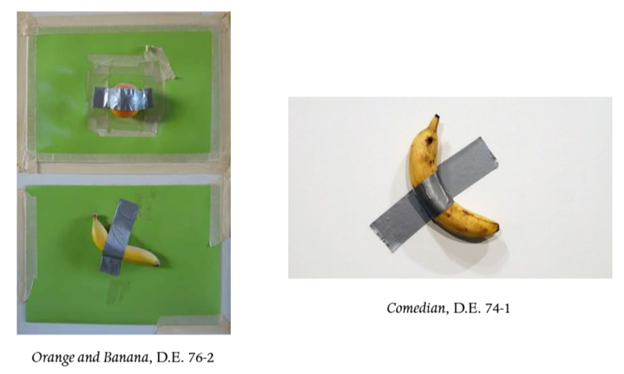Addressing for the first time the issue of whether a foreign intellectual property holding company is subject to personal jurisdiction in the United States, the US Court of Appeals for the Eleventh Circuit reversed a district court’s dismissal and determined that the holding company, which had sought and obtained more than 60 US trademark registrations, had sufficient contacts with the US to support exercise of personal jurisdiction. Jekyll Island-State Park Auth. v. Polygroup Macau Ltd., Case No. 23-114 (11th Cir. June. 10, 2025) (Rosenbaum, Lagoa, Wilson, JJ.)
Polygroup Macau is an intellectual property holding company registered and headquartered in the British Virgin Islands. Jekyll Island is a Georgia entity that operates the Summer Waves Water Park and owns a federally registered trademark for the words SUMMER WAVES. In 2021, Jekyll Island discovered that Polygroup Macau had registered nearly identical SUMMER WAVES marks. After Polygroup Macau asked to buy Jekyll Island’s domain name, summerwaves.com, Jekyll Island sued Polygroup Macau for trademark infringement and to cancel Polygroup Macau’s marks. The district court dismissed the case for lack of personal jurisdiction, finding that “the ‘causal connection’ between Polygroup Macau’s activities in the United States and Jekyll Island’s trademark claims was too ‘attenuated’ to support personal jurisdiction.” Jekyll Island appealed.
The Eleventh Circuit reviewed whether personal jurisdiction was proper under Federal Rule of Civil Procedure 4(k)(2), also known as the national long-arm statute. Rule 4(k)(2) allows courts to exercise personal jurisdiction over foreign defendants that have enough contacts with the US as a whole, but not with a single state, to support personal jurisdiction. To establish personal jurisdiction under Rule 4(k)(2), a plaintiff must show that:
- Its claim arises under federal law.
- The defendant is not subject to jurisdiction in any state’s courts of general jurisdiction.
- “[E]xercising jurisdiction is consistent with the United States Constitution and laws.”
The parties agreed that the first two elements were satisfied; the only dispute was whether the exercise of jurisdiction was consistent with due process.
The Eleventh Circuit noted that in the patent context, the Federal Circuit determined that a foreign defendant that “sought and obtained a property interest from a U.S. agency has purposefully availed itself of the laws of the United States.” The Eleventh Circuit found that a trademark registration is even stronger than patent rights because a “trademark registrant must show that he is already using the mark in U.S. commerce to identify and distinguish goods or intends to soon.” Polygroup Macau had more than 60 registrations and allowed other companies and customers to use those marks, which was enough to establish that it had sought out the benefits afforded under US law.
Additionally, while Polygroup Macau did not license its trademark rights, it permitted other related companies to use the SUMMER WAVES trademark to identify their products. Products marked with Polygroup Macau’s registered mark were sold in the US through dozens of retailers. Although there were no formal written agreements, the Eleventh Circuit found that Polygroup Macau exercised some degree of control [...]
Continue Reading
read more

 Subscribe
Subscribe



